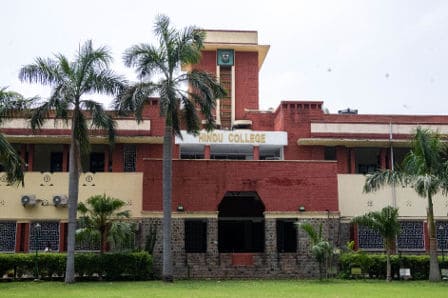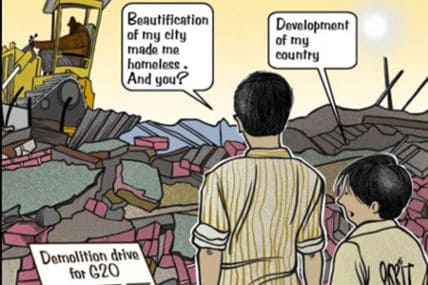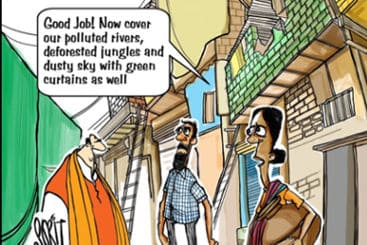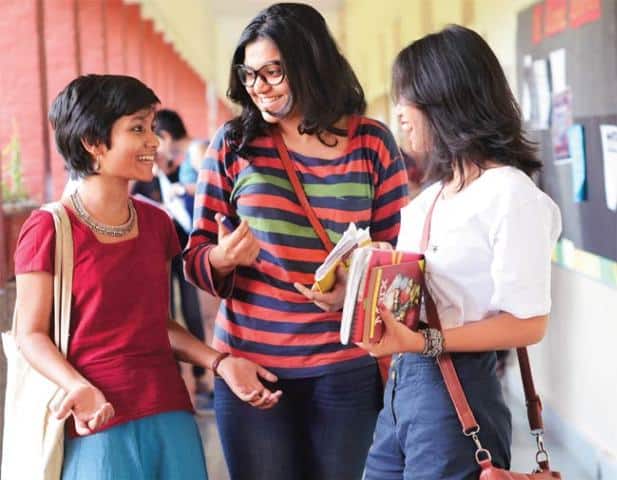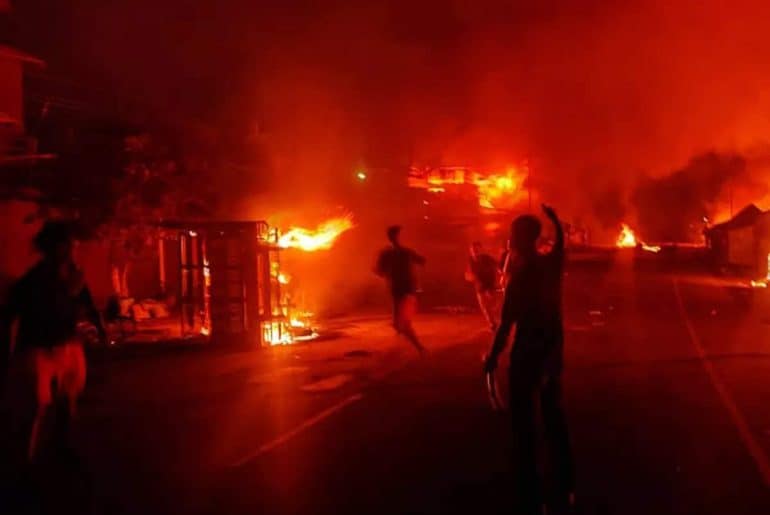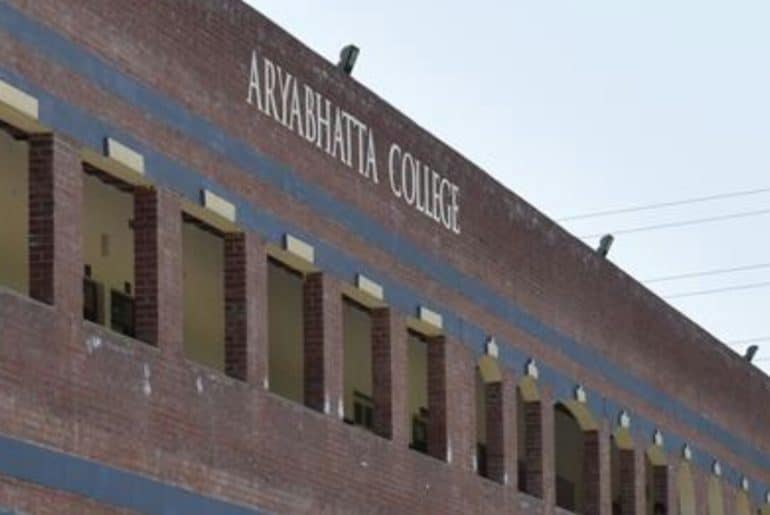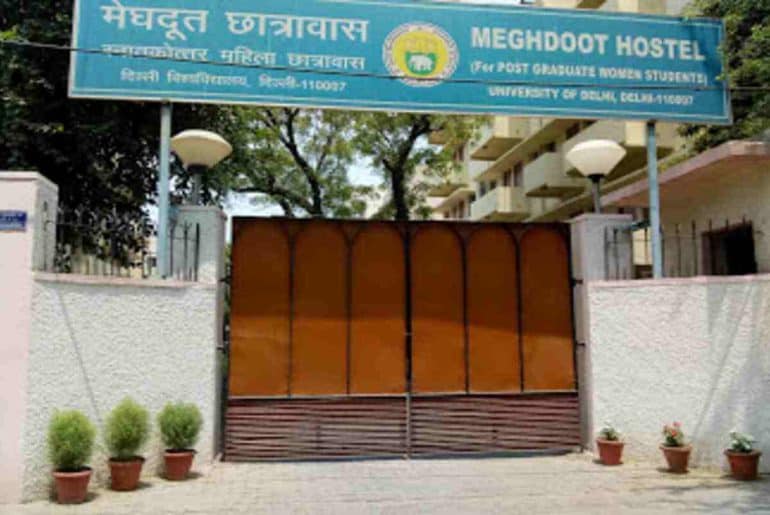Trigger Warning – Sensitive content with mentions of Rape and Abuse
On 3 May 2023, an ethnic clash erupted in India’s north-eastern state of Manipur between the Meitei people, the majority of whom live in the Imphal Valley, and the tribal group hill areas, which includes the Kuki and Zo peoples. Many houses and vehicles were burned while many people are forced to leave their homes with their livelihoods destroyed.
As the ethnic hostilities in Manipur enter their second month, the situation is far from normal. The state is still experiencing violence and terror, with over 50,000 people driven out and 100 people dead. The state, which was once known as the ‘jewel of India’ because of its stunning beauty and beautiful environment, is now making headlines due to the Hill-Valley Divide. Crimes against humanity are on the rise, with people getting targeted purely on the basis of their identity, with no fault of their own.
In times of turmoil, there is also a spark in protests, candle marches, and awareness campaigns about the issue. Such efforts are particularly undertaken by the youth and student community, who are consistently attempting to raise knowledge about the issue.
Thousands of such students from the north eastern states attend Delhi University, and the city itself is home to many others who travel in pursuit of a better life and possibilities. With rising atrocities back at the home state, people here in Delhi are also at a greater risk of attack.
One such instance happened in May 2023.
A group of Kuki students were followed and attacked by a group of 30 other students who identified themselves as belonging to Meitei community.
–according to source
Students from both communities have expressed similar safety worries, leading to a number of peaceful protests in Delhi. These gatherings are intended to provide a safe setting for students to discuss their traumas and experiences, as well as connect with the entire Delhi University circle in order to obtain additional support and aid as needed.
As a result, it’s vital that we give safe platform to these students so that they can share their voices and also raise awareness. While one might search up political data, lookup the main cause of the entire issue on the internet, but this is Manipur Violence from the perspective of those who have experienced the horror firsthand.
This is about their journey and individual experiences.
I’ve been preparing for UPSC for the last two years; I was set to give the paper this time. When the clashes happened, I came to Delhi as it was my center for exams. But I was constantly worried about my family and people who were back at home. I couldn’t sleep the night before my exam. Just hours later, I received the message from our villagers, that they failed to defend our village. When we left our village we did not even take a blanket, our cattle was still there, we had hopes of returning some day! But I missed my UPSC paper while my home was burned down in Manipur
– A former student of Delhi University and a native of Manipur.
We were able to identify numerous issues through our talks with Manipuri students. It also gives rise to many questions in our mind regarding the whole situation. We tackled these curiosities during our conversation.
To begin, know that the entire northeast India is not a demographically and ethnically homogenous region, it has its own fair share of differences and diversity.
Just like north India has Bihar, Uttar Pradesh, Delhi, is it possible to club them to one? The answer is no. In the same way north east cannot be clubbed together as one. The culture, the food, the language and art of every state differs greatly in the north eastern region too. People since years have been making the mistake of generalizing all the states making assumptions on how we look
– A post graduate Manipuri student from DU.
It was also revealed that ethnic discrimination, scams and derogatory name-calling are also rampant in Delhi.
Rickshwalas used to quote a higher price than the common pricing when I was new to the city. They think I’m a foreigner who doesn’t speak the language because of my appearance, so they can simply cheat me. I learned to ignore it over time, but such treatment makes us feel different in our own nation.
– A fresher from the state of Manipur.
People are always surprised with my fluency in Hindi, and because I don’t have typical features that usually north-east Indians have, people again find it hard to believe that I come from North-east region.
– A student from Assam.
Hearing such incidents reveals how deeply rooted this mistreatment is in our ideas and behaviour. Furthermore, these students suggested to their friends that removing assumptions and bias and just asking questions about their state and culture is an excellent way to help people feel at ease rather than striking up dialogues that are full of assumptions.
Secondly, it is crucial to understand and know how the various communities interacted in the state of Manipur. What, for example, triggered this abrupt violence and the divide between two populations that had previously coexisted peacefully? Or is this simply the culmination of the separation and discrimination that existed between the two tribes?
We got conflicting answers for this – It can be observed that some people reminisce about the peace and harmony they shared in their daily lives while others locate us to the issues simmering on the back burner.
We mingle together but there was always some kind of divide that I felt while growing up, this was specially in the case of language for me.
– A first year Manipuri student from DU.
The source emphasized in this conversation how language was a big issue because kids in Manipur had to learn many languages including their mother tongue, Hindi, English, and in certain cases Manipuri if that was not spoken by their tribe. The students describe it as a “pressure that they had to deal with their entire primary school life.”
We were always proud of the unity shared between the two communities, in school we would dress up in our traditional attires and celebrate each other’s festivals, It was something we cherished. After the violence started, it created gaps in our personal bonds as well. My friend from the other community, we don’t even talk these days. It is definitely different now. I don’t know if it will ever be like old days.
– A research student from DU.
This discourse, on the other hand, provides a viewpoint of ‘unity in variety,’ in which some people cherished their shared culture and customs by not letting their differences infiltrate. However, the fallout of the ethnic confrontations has disrupted the formerly shared unity. At this point, one could ask if life will ever return to normal in either of these communities, or if the conflict will leave its terrible imprint.
When it comes to the clash, ever since the ethnic riots began, there have been new concerns among both populations and the students we questioned discussed how the word used to describe them is not only offensive but rather an “attack on their identity,” as one source put it.
For instance, Kuki students expressed their displeasure with the harsh labels being used to describe them – including ‘illegal immigrants’ and ‘armed terrorists’.
My grandfather and father served in the Indian army; they are very much Indian and love their country, but they are now being targeted as foreigners and asked to leave the state.
– a former student of DU.
Such anecdotes make one wonder if terms like ‘Illegal immigrants’, ‘terrorists’ and ‘outsiders’ should be used loosely in extremely sensitive situations like this one or if questions of citizenship supersede considerations of humanity and respect towards communities?
Not only students, but intellectuals all around the country, have been arguing against the injustice of using such labels against a group. There has been recent news of illegal migration into the states of Manipur and Assam from neighbouring countries such as Bangladesh and Myanmar, but students believe that this issue should be handled cautiously rather than aggressively. Meanwhile, the government can create preparations to protect its national interests and borders, but we must all be mindful of the language we use to communicate with one another.
While people are being target solely on the basis of their identity, crimes against Women and children are also rising, and thousands are being driven from their homes. There is no bitterness between Kuki and Meitei students in any of our talks with them. Everyone wants solutions to their problems and for this mayhem to end. Nevertheless, what we noticed was that they cared most for the lives of innocent people.
I don’t know if I’ll ever be able to go back to the place where so many were murdered. I don’t know if I’ll be able to forgive.
– A student from Manipur
The education of the children is at risk and even those who are unaffected and safe are under emotional stress as a result of what they see on the news every day. I have no harsh thoughts towards my friends from the other community, but I’m concerned about what will happen if the situation does not change.
– A student from the north-eastern community.
This section of our discussions gets us to a place where we all reflect on how the differences have taken a nasty turn, and there is now a larger concern about implications of these fights. The once insignificant division has now penetrated people’s lives, hurting not just their livelihoods including safety and education, but also their mental health. Trauma and fear are significant obstacles that many people are still unable to overcome.
Previously, seeing someone from my state gave me a sense of familiarity and comfort, but now I’m not sure if the stranger I’m gazing at is from my community or not. I’m worried about my safety. Now, there’s a sense of fear.
– a fresher from DU.
While Manipur continues to seek hope and peace, Manipuri students are dissatisfied with how the mainstream media has failed to report the situation fairly and how many people have remained silent on the subject. They are concerned that the false narratives disseminated by the media channels will worsen the situation. Not only this, but also sharing information which is not based on facts is harmful to both the communities. Anyone on the internet searching and reading on this subject has to use the sources very wisely. ‘Misinformation is our biggest enemy in such times’, as stated by one of the students.
We have been organizing peace talks and discussions in the campus regarding the issue and I also frequently post on social media which I feel is very important to do in order to educate people who don’t know what is going on in Manipur. For all outsiders – We don’t want you to be ignorant about the issue. What we need the most right now is to support us and listen to us. Simply reaching out to and making an effort to understand the situation will help us a lot.
– a post-graduate Manipuri student from DU.
Land, demography, the fight for ST status, development inequity, and the complexity of who is truly on the receiving end are all issues that have multiple answers. There’s a Kuki and a Meitei version!
We don’t know what will happen next, but there’s a lot more at stake than just land: personal relationships, lives, scenic beauty, resources, the economy, and, most importantly, humanity. Regardless of differences, what everyone shares is a sense of hope and the need for peace. History has shown that in times of crisis, kindness has always helped people endure the storm. Whether it’s the Covid-19 pandemic, or one of the world’s great conflicts, a natural disaster – there are always episodes of kindness and humanity that have made a difference. This is similar to the efforts of students who exemplify the optimism that Manipur requires right now!
This was Manipur’s chapter through the eyes of students, as they simply wish to raise more awareness and have hopes to end this chaos and heal from this harsh experience.
Video Suggestions – Survival story of Agnes Neikhohat, one of the instances of Crime against Women.
Read Also – Protest in Delhi School of Economics against the attack on tribal students in the campus.
List of additional sources on the issue :
https://youtu.be/WH7Sk9KOD84
https://www.indiatoday.in/india/story/manipur-violence-clashes-nrc-meitei-kuki-naga-imphal-valley-illegal-immigration-myanmar-reserve-forests-biren-singh-2368476-2023-05-04
https://www.news18.com/opinion/opinion-ethnic-violence-in-manipur-hill-valley-divide-remains-a-challenge-to-indias-act-east-policy-7794619.html
Image credits : Economic Times
Priya Agrawal


